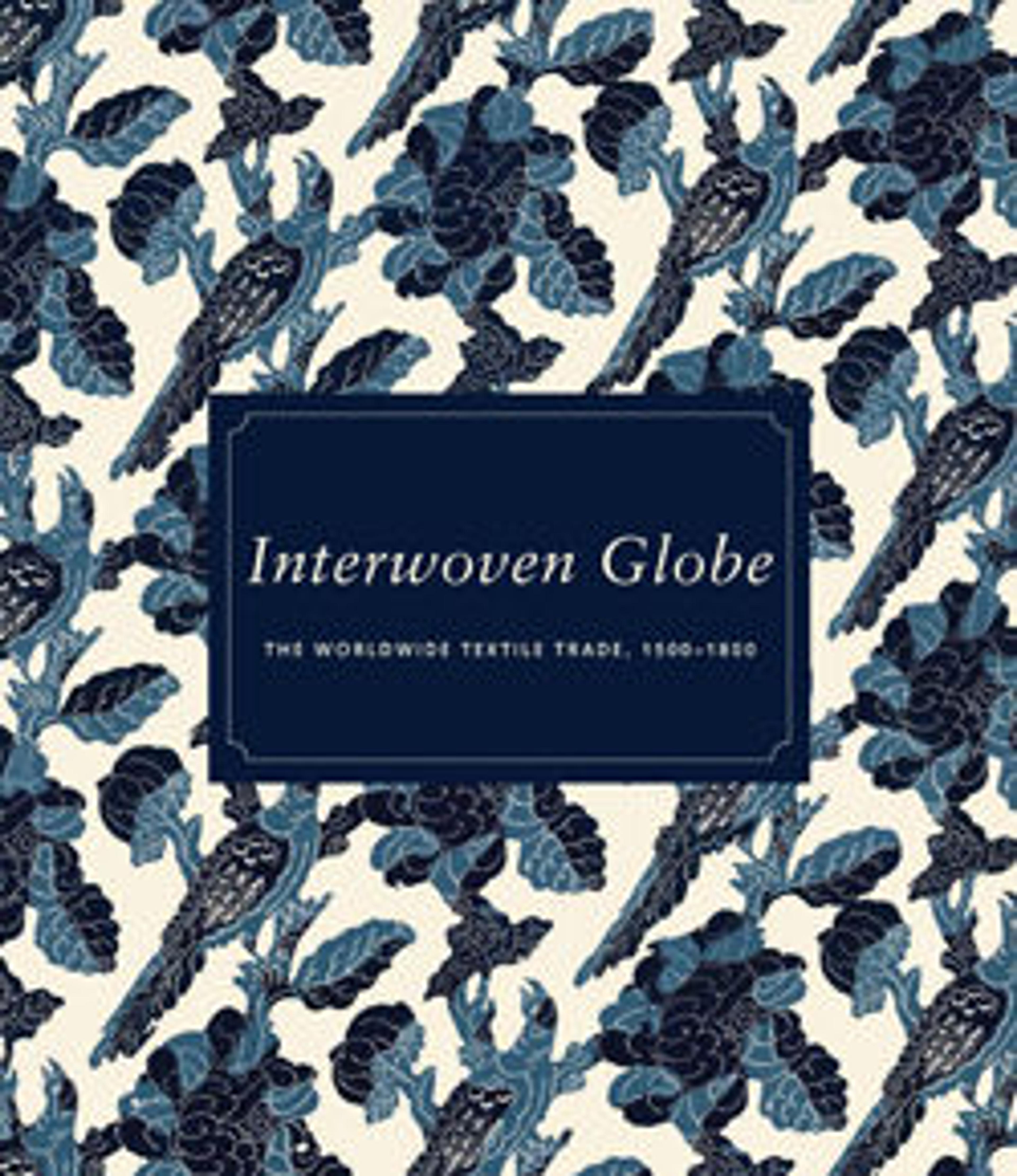The Abduction of Helen from a set of The Story of Troy
From 1557, the Portuguese contracted with the Ming rulers of China to buy control of Macau, a coastal peninsula near Hong Kong. Sailing between Asia and Iberia, trade enabled an abundance of spices, but also of textiles, to enter Europe. This heady moment of mutual discovery provides the context for Francisco Mascarenhas, governor of Macau, to commission this unusual hanging. The scale and conventions of Flemish tapestry are translated into Chinese embroidery. Familiar European subject matter, loosely based on Homer’s Iliad and informed by printed sources, is marvelously charged with Asian decorative details– such as the shields hanging from the Trojan galley– and a Portuguese border articulated by snake-battling sirens and (slightly erroneous) renditions of the Mascarenhas family arms. At some point in the hanging's history, the embroidered silk in all the flesh areas was cut away and replaced with paint for reasons that remain unclear.
Artwork Details
- Title:The Abduction of Helen from a set of The Story of Troy
- Artist:Probably based on a woodcut by Bernard Salomon (French, ca. 1508–ca. 1561)
- Patron:Probably commissioned by Francisco Mascarenhas Governor of Macau, 1623–26 (Portuguese)
- Date:ca. 1625
- Culture:Chinese, Macao
- Medium:Cotton, embroidered with silk and gilt-paper-wrapped thread, pigment
- Dimensions:11 ft. 10 3/4 in. × 16 ft. (362.6 × 487.7 cm)
- Classification:Textiles-Embroidered
- Credit Line:Gift of Louis E. Seley, 1979
- Object Number:1979.282
- Curatorial Department: European Sculpture and Decorative Arts
More Artwork
Research Resources
The Met provides unparalleled resources for research and welcomes an international community of students and scholars. The Met's Open Access API is where creators and researchers can connect to the The Met collection. Open Access data and public domain images are available for unrestricted commercial and noncommercial use without permission or fee.
To request images under copyright and other restrictions, please use this Image Request form.
Feedback
We continue to research and examine historical and cultural context for objects in The Met collection. If you have comments or questions about this object record, please contact us using the form below. The Museum looks forward to receiving your comments.
